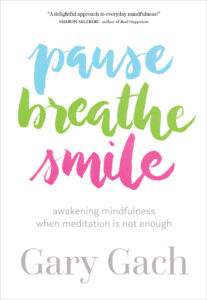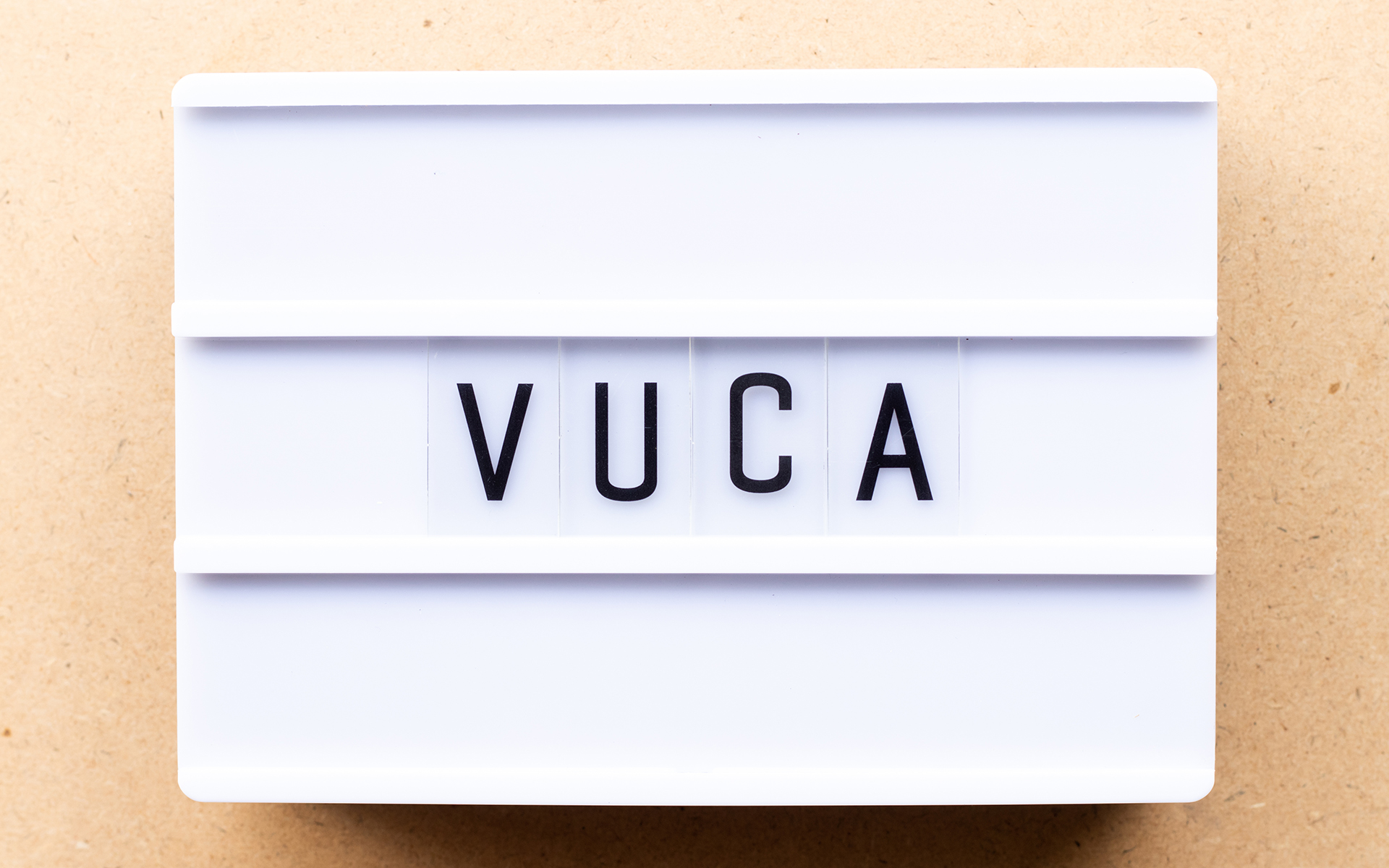Awareness awakens when attention is focused on breath’s coming and going at our nostrils. This awareness can expand to include the whole body breathing and bringing our mind the gift of undivided attention. To awaken, pay attention.
It’s that simple. When our mind wanders (that’s when, not if), as soon as we’ve noticed, we gently return our awareness to our breath. And smile. Mind-wandering isn’t failure. Observing it is an important part of getting to know our mind. That too is part of contemplation.
We dwell in a culture saturated by electronic media. This can bring us wonderful things. Yet it can come at the price of the hacking of our attention. I hope your average attention span isn’t like the crow’s, always distracted by any shiny flashing that might prove to be a juicy beetle. Meditation trains us in one-pointed concentration, so we’re fully aware of what’s in front of our nose, and nothing else; in this case, our breath and ourselves in our environment.
Since we’re not controlling our breath, nothing need feel forced, as in concentrating for a test. There’s no tension at all. Mindful attention is as light as a butterfly, yet strong as an ox, free as a cloud and easy as drinking a cup of tea. It’s an absorption, as is doing anything we love.
Honing Our Concentration
When we are grounded in awareness of breathing, we’re establishing a base for a single-pointed concentration that is, itself, meditation. Mindful concentration frees us from playing out mere concepts about our life, so we can live life fully as it is here and now.
We’re also reminded that machines multitask well, but people don’t. We read while we eat (double the consumption). But each act involves separate bodily systems. Jammed together, neither reading nor eating gets done efficiently. Even if we’re only eating, we rarely chew a single mouthful. Instead, we’re forking in the next bite before we’ve even swallowed the first. One-pointed concentration means that if we’re eating an orange, we do so one slice at a time. Communing with the whole universe in the orange, slice by slice.
So why not treat our breathing (and everything else) the same way?
Concentration, in and of itself, can awaken us. Given prolonged attention to breath, a shift in our psychic base can occur. Everything’s no longer all about me: my likes, my dislikes, my possessions, my résumé. We can leave that stark, simplistic, abstract, fantasy realm, always dominated by our desires—and aversions, which are only the flipside of the same self-absorption— to discover reality, rich in nuance, subtlety, texture, ever-changing like music.
This shift in awareness can be a gradual awakening, over time, but you might mark how it can happen spontaneously in the space of just a smile . . . a pause . . . a breath. And the more we enjoy this fundamental shift of attention, the more readily we might choose it.
3 Visual Tools to Focus On Your Breath
Focusing our attention on our breathing can awaken a marvelous one-pointed concentration. To train in that, here are three traditional visualizations.
1. Imagine your nostrils are the gates of a castle. You are installed inside the gates as a sentry. Your duty is to pay attention to only the comings and goings of breath at the gates, not to try to track any further activity past your post, neither inside the inner castle nor outside in the world beyond. Only comings in and goings out.
2. Imagine your breath is a saw. Be aware of the entirety of your in-breath and out-breath as being like the upstroke and downstroke of sawing a log. You’re paying total attention to the even line where the saw teeth are entering and leaving the log.
3. The sheer physics of breathing is fantastic. The Lung Institute informs us that if our lungs were open flat they’d cover the size of a tennis court. To let that sink in, appreciate the anatomy of breathing through further visualization. Imagine our lungs function like a bellows. Visualize as you breathe how, when our diaphragm flexes downward, air is drawn into our lungs, from the upper lobes on down. When our diaphragm relaxes, air passes out of our lungs from the bottom up.
For further concentration, notice where your body makes contact with the breath. From your pores to your bones. From your scalp to your toes. It’s good to move beyond breathing in our ribs only. That can make for shallow breathing, such as babies do when they’re tense. Soften the belly, our vital physical and energetic center. Allow the abdomen to expand and contract with breath.
Relaxing, expanded belly.
Relaxing, expanded mind.

Excerpted from PAUSE, BREATHE, SMILE: Awakening Mindfulness When Meditation Is Not Enough, by Gary Gach. Sounds True, September 2018. Reprinted with permission.
READ MORE
The Brain Science of Attention and Overwhelm
We’re living in Volatile, Uncertain, Complex, Ambiguous times. Neuroscientist Amishi Jha explains ten ways your brain reacts—and how mindfulness can help you survive, and even thrive.
Read More
How to Be More Present, and Stay Present
The holidays can be an overwhelming time when we find our minds racing a mile a minute. Here are some tips on how to be present.
Read More
A 6-Minute Practice to Softly Focus Our Awareness
This brief guided meditation lets us focus our attention on the sounds around us, finding bright moments of awareness even when we get distracted.
Read More










